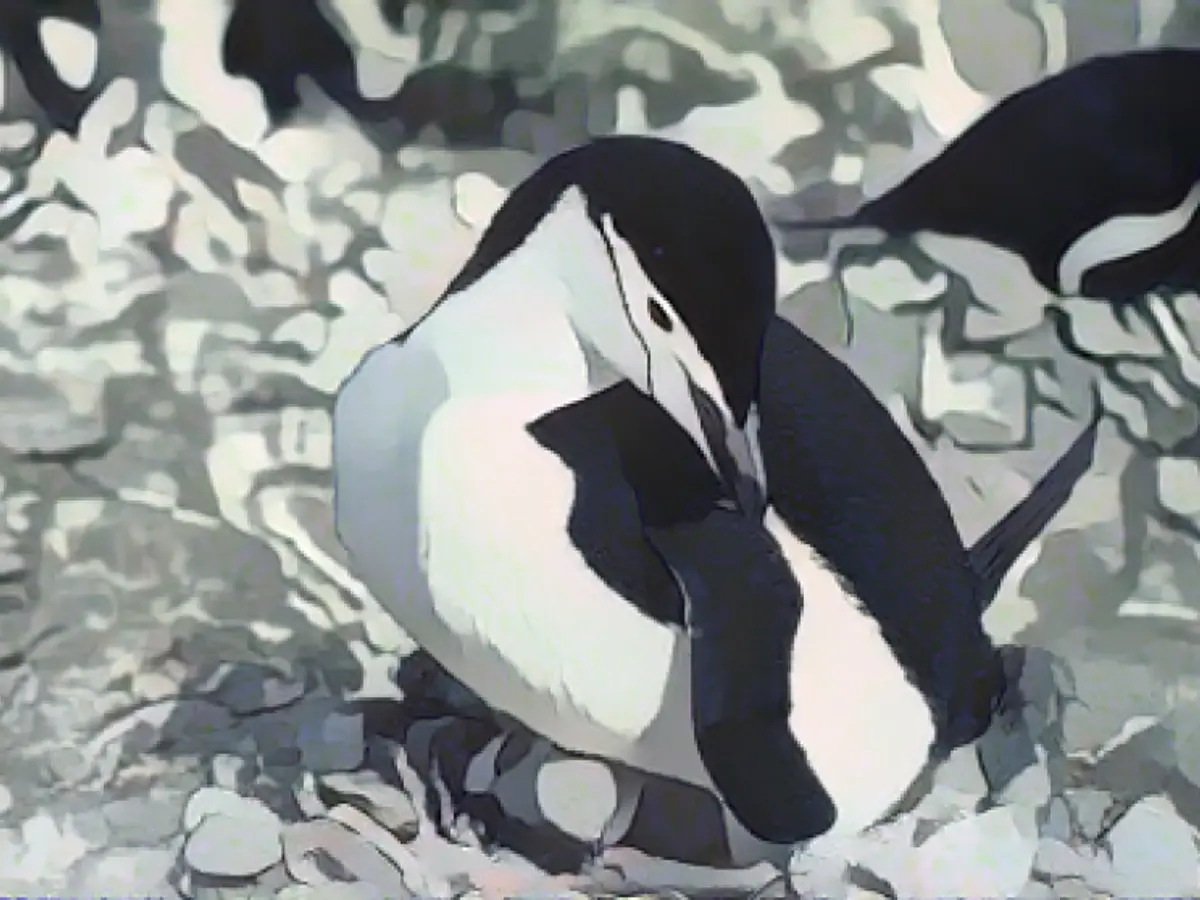Penguins nod off an astonishing 10,000 times a day, new study finds
A team of international researchers has delved into the sleep habits of chinstrap penguins on King George Island in Antarctica. Using GPS and mini-devices to monitor brain waves and muscle movements, the researchers uncovered surprising information about these birds' snoozing habits, publishing their findings in the journal "Science."
These feathered creatures must always stay on their guard. They spend long stretches alone while their partner forages, and when they return, they must defend their territory and protect their eggs and offspring from predators.
Even during these frequent naps, chinstrap penguins often slip into deep sleep-like states, a phenomenon rarely observed in birds. Remarkably, these short naps consist of long-wave sleep, much like human deep sleep.
A 15-hour slumber
Penguins sometimes use both hemispheres of their brain to sleep, sometimes favoring just one. On average, they sleep for 8.55 hours daily with both brain halves, 2.98 hours with only the left half, and 3.38 hours with only the right half. Adding up these sleep durations totals about 15 hours daily.
Additionally, chinstrap penguins breeding within the colony showed higher stress levels and slept less than those nesting on the edge. Researchers speculate that this could be due to the increased disturbances and aggression in the colony center.
- In Antarctica, chimps-er, sorry, chinstrap penguins, amazingly manage to enter deep sleep-like states during their numerous quick naps, a rare sight in the bird world.
- The fascinating sleep routines of chinstrap penguins showcase their adaptability. Sometimes, they employ both brain hemispheres for naps, while at other times, they rely on alone hemisphere, totalling around 15 hours of sleep per day.
- Chinstrap penguins living in various colony locations exhibit different sleep patterns. Research suggests they might be influenced by factors like temperature, access to food, and the level of interaction with competitors and aggression among group members.
Enrichment Insights:
- Penguins' sleep patterns are a remarkable adaptation to their harsh Antarctic environment. To maintain body heat and vigilance for potential threats, they take numerous short naps, often resting using unihemispheric slow-wave sleep (USWS), where one half of the brain is in a deep sleep state while the other stays alert.
- Penguins in huddles share body heat, which might contribute to their relaxing environment and allowing for deeper sleep. Their proximity to other colony members might also influence their sleep duration and patterns, such as rendering them more vulnerable to disturbances and thus less sleep in high-stress zones.
- Factors like available food sources and temperature also play a role in shaping penguins' sleep patterns outside the colony. For instance, those in warmer and more sheltered areas might have slightly different sleep habits compared to their counterparts in colder and more exposed locations.
[1](No specific source provided in the original article)








